A Makeup Artist Just Told Me These Are the Best Primers for Mature Skin, and I Can See Why
Not all primers cut it on mature skin, but these ones are pro-approved.

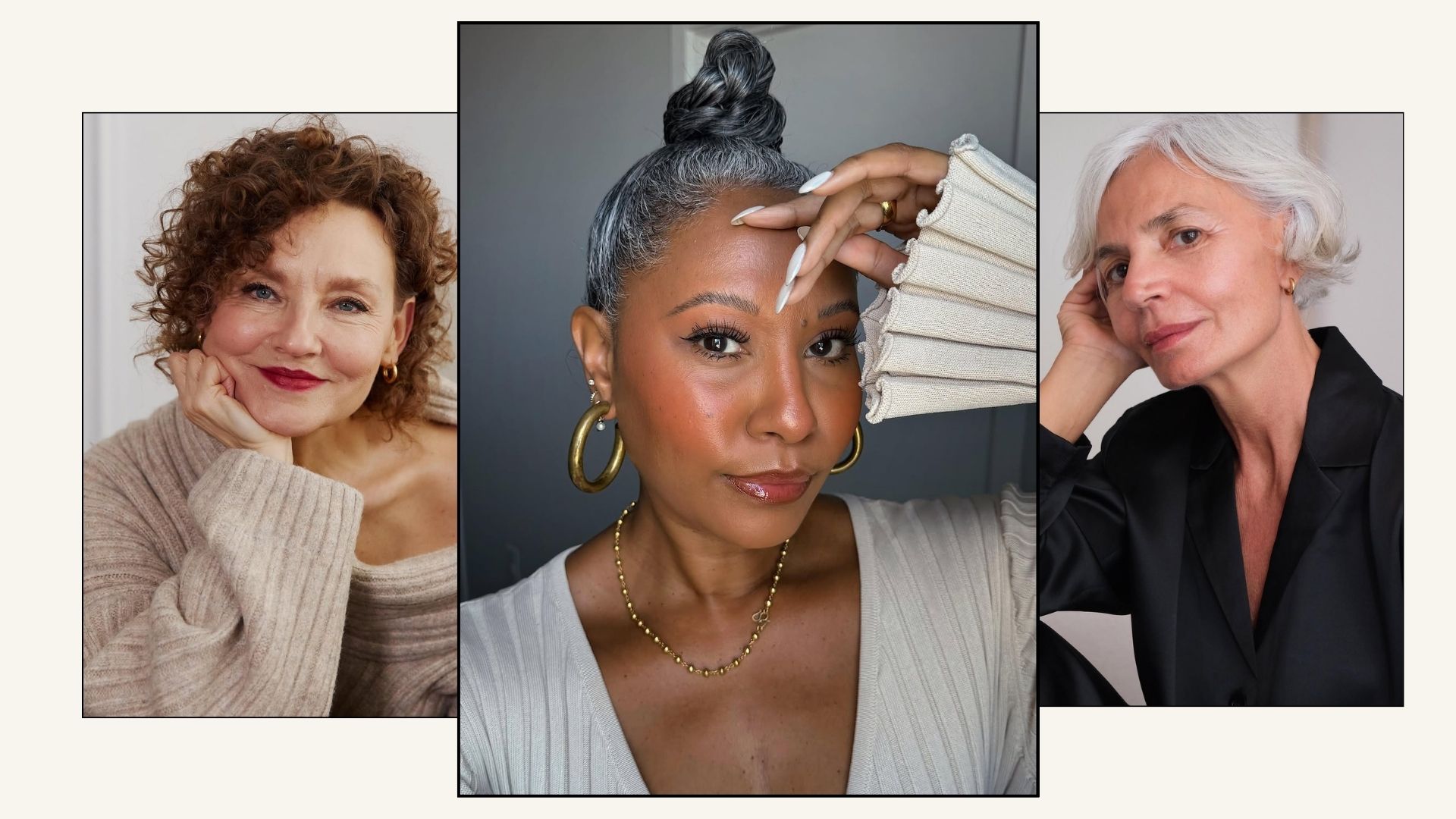
When you're looking for the best primers for mature skin, it isn't always easy to find out which ones will work best for you. Like finding the best foundation for mature skin or the best mascara for older lashes, there's a lot to consider in the formula. You see, even the best primers can sometimes fall short on mature skin. To get the lowdown on what really works, I turned to Jane Richardson, makeup artist, global artistry director for Nars and co-founder of SET-UP Palette. From texture tips to ingredient picks and common mistakes, here's what you should know about choosing the best primer for mature skin.
How to Choose a Primer
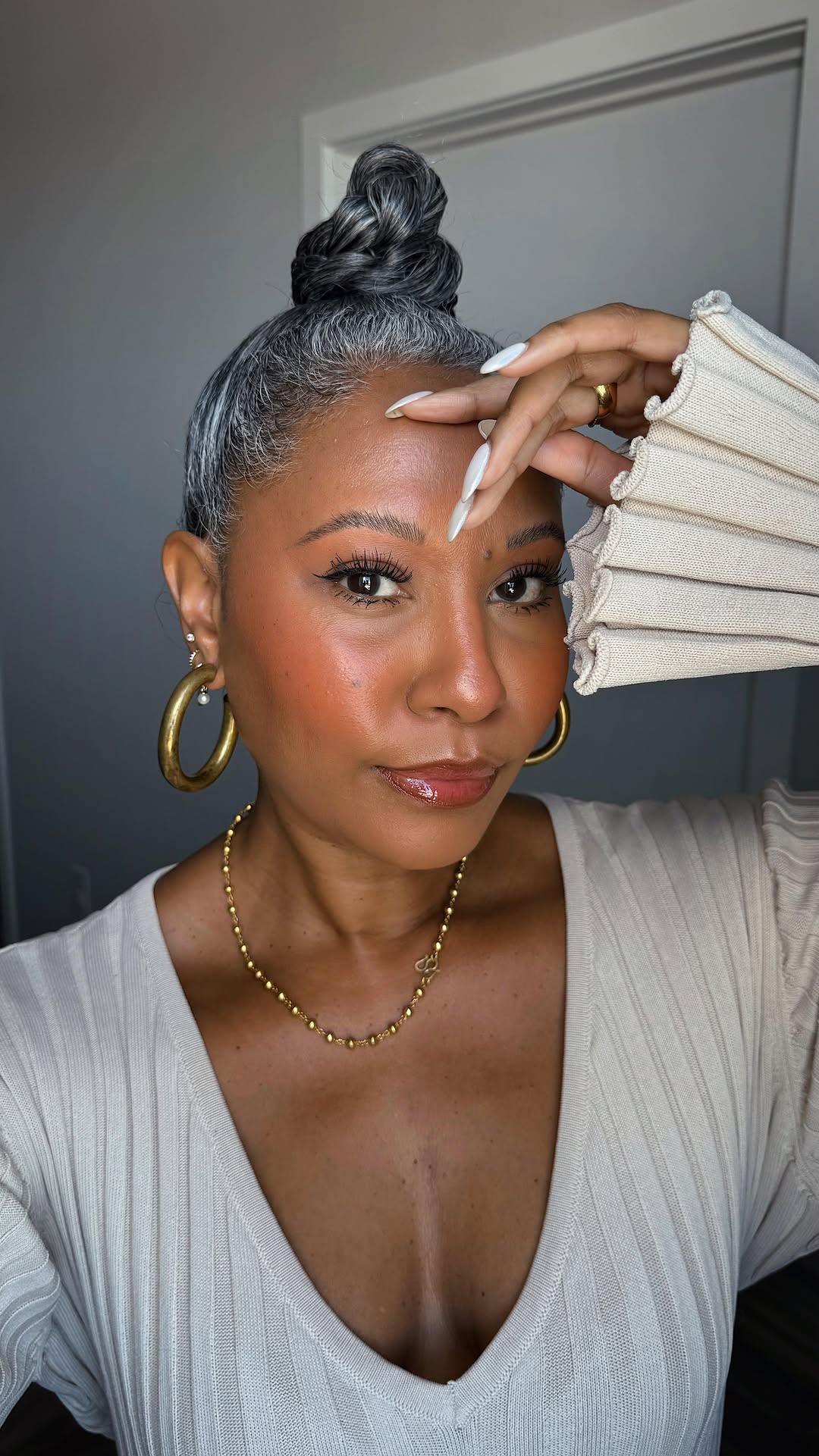
“I would always look for a primer that has a lightweight texture, and contains ingredients that boost hydration, smooth, blur and illuminate the skin," says Richardson. "The reason being that when it comes to mature skin, it is often on the dry side due to reduced oil production, and skin is generally looking less radiant," she says.
However, there are a lot of different primers out there, so where should we start? "I would recommend always starting with your main skin concern and looking for benefits that focus on that," she says. Generally speaking, primers fall into one of the below categories.
Hydrating primers: “Hydrating primers are usually formulated with hyaluronic acid, glycerin, and even aqua (water) as the top line ingredients—important if you have very dry skin," says Richardson. She recommends the Dior Forever Glow Veil (£42).
Illuminating primers: “Illuminating primers have the extra benefits of containing light-reflecting particles to brighten and smooth the complexion, perfect if you feel that you are lacking radiance," she says. Her recommendation? The Nars Light Reflecting Hydrating Primer (£44).
Smoothing and blurring primers: “Smoothing and blurring primers are designed to give the skin a soft-focus effect, minimising and reducing the appearance of fine lines, wrinkles, pores and any other textural areas," says Richardson. "They contain blurring powders and silicones to smooth out any concerns on the skin’s surface, creating a smooth and even base for makeup." Her favourite from her kit is Clé De Peau Beauté Correcting Cream Veil (£60).
Scroll ahead for the best primers for mature skin, as well as everything you should know about choosing the right makeup primer for your skin's needs.
The Best Primers for Mature Skin
- Best Overall: Clé De Peau Beauté Correcting Cream Veil (£60)
- Best Illuminating Primer: Dior Forever Glow Veil (£42)
- Best Affordable Primer: E.l.f. Power Grip Primer (£10)
- Best Multipurpose Primer: Beauty Pie Super Healthy Skin Featherlight UVA/UVB SPF50 Sunscreen + Primer (£25)
- Best Under Makeup: Hourglass Veil Mineral Primer SPF 15 (£57)
1. Clé De Peau Beauté Correcting Cream Veil
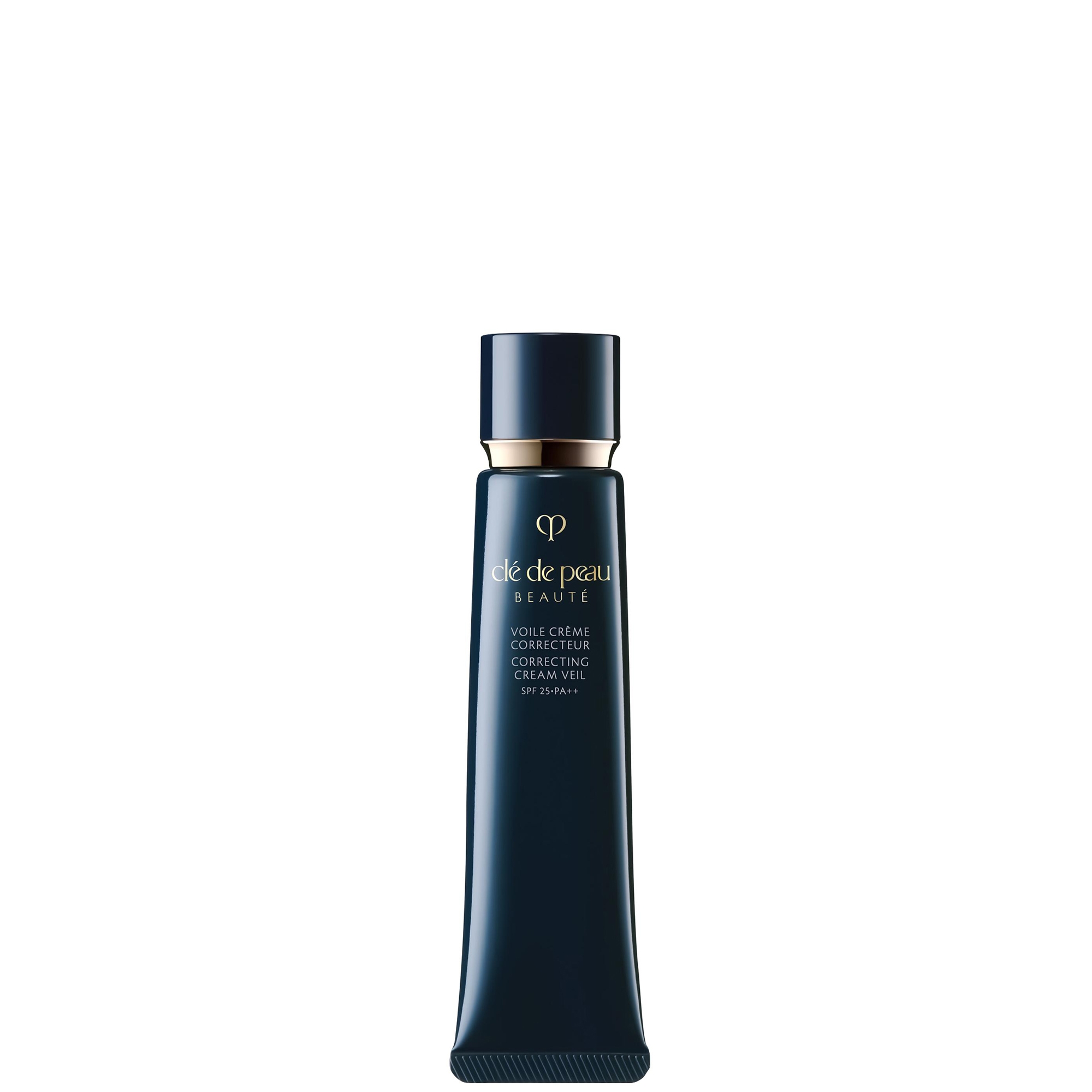
While it's one of the more expensive primers on our list, it's one that's worth the investment according to Richardson. "I will generally gravitate to the Cle de Peau Beauty Correcting Cream veil for my more mature clients," she says, and tells me that this smoothing and blurring primer helps to create a soft-focus effect on the skin while creating the perfect base for foundation and anything else you apply on top.
Pros
- Hydrating and nourishing for drier, mature skin
- Visibly blurs fine lines
- Luminous finish
- Beautiful under foundation
Cons
- Premium price point
- Not ideal for very oily skin types
2. Dior Forever Glow Veil
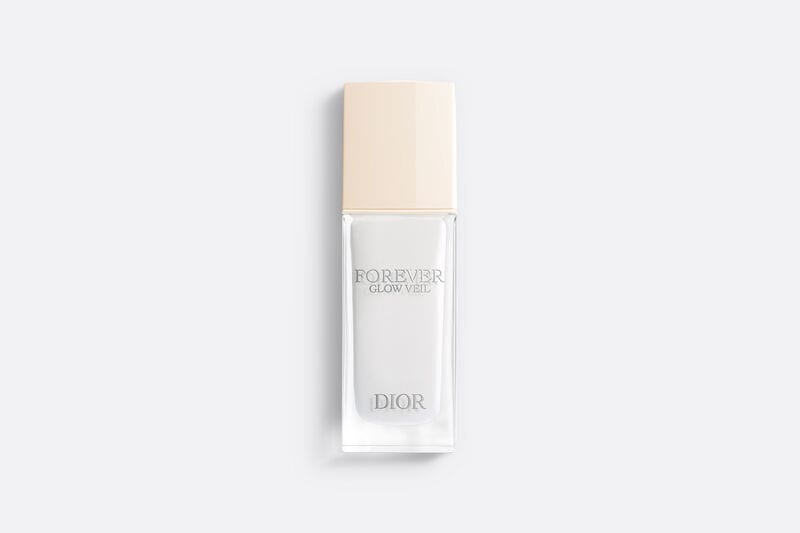
As our skin matures, it can sometimes lack radiance. Thankfully, this illuminating primer is like a facial, bottled. Dior Beauty’s Forever Glow Veil is a glow-boosting primer enriched with hyaluronic acid and floral extracts to plump and illuminate. The liquid texture feels light and fresh on the skin, gliding over fine lines while keeping skin hydrated. Ideal for anyone looking for a lit-from-within finish.
Pros
- Plumps and hydrates with hyaluronic acid
- Subtle glow adds radiance
- Lightweight texture works well under most foundations
Cons
- Fragrance might not suit sensitive skin
3. Nars Light Reflecting Primer
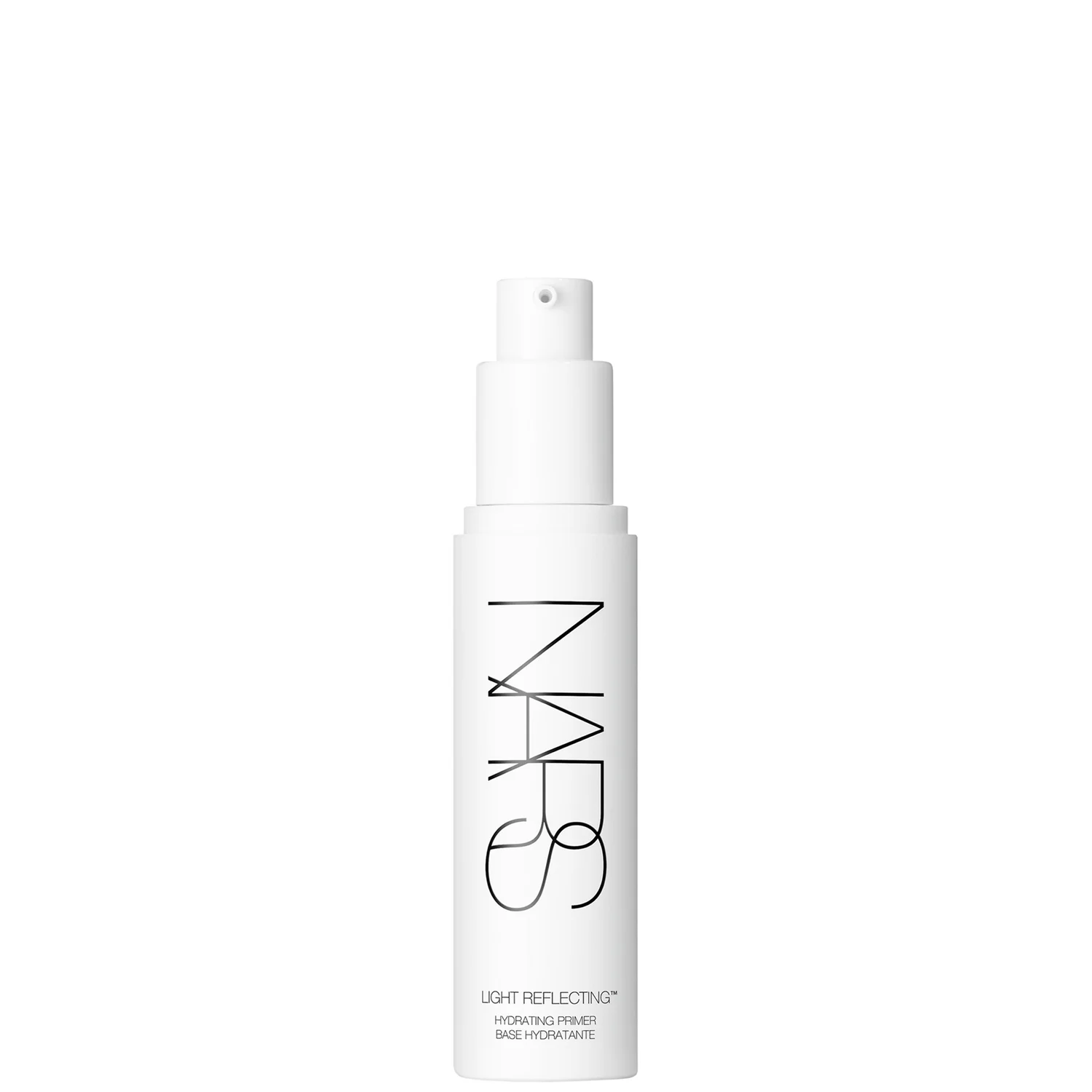
"Illuminating primers have the extra benefits of containing light-reflecting particles to brighten and smooth the complexion, which is perfect if you feel that you are lacking radiance," says Richardson. She recommends this one from Nars, which illuminates the skin with a subtle pearlescent sheen while plumping the skin. It has a gel-cream texture that is ideal for mature skin, offering just enough hydration without feeling greasy.
Pros
- Light-reflecting formula instantly illuminates the skin
- Smooths texture and subtly blurs lines
- Hydrating
Cons
- Not for you if you prefer a matte finish
4. Houglass Veil Mineral Primer SPF 15
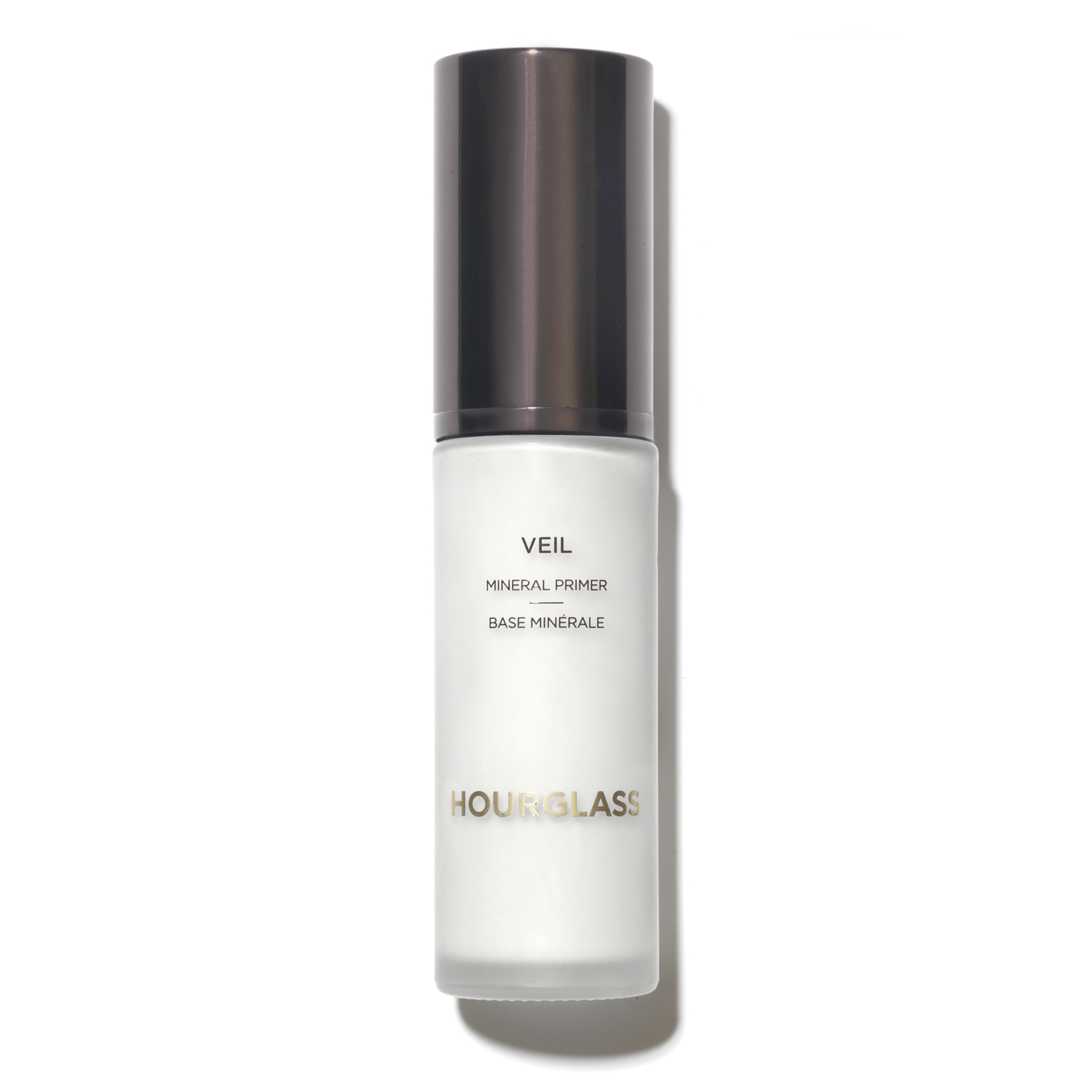
The Hourglass Veil Mineral Primer is one of the best primers, hands down. But the silky formula is particularly great for mature skin. It applies as a liquid primer but dries soft to the touch with a velvety texture that ensures your makeup applies buttery smooth. It helps to diffuse the appearance of fine lines and pores and prevents your makeup from creasing. It's a classic for a reason.
Pros
- Blurs pores, fine lines, and uneven texture
- Luxurious, velvety finish leaves makeup looking perfectly applied
Cons
- Luxury price tag
5. Bobbi Brown Vitamin Enriched Face Base
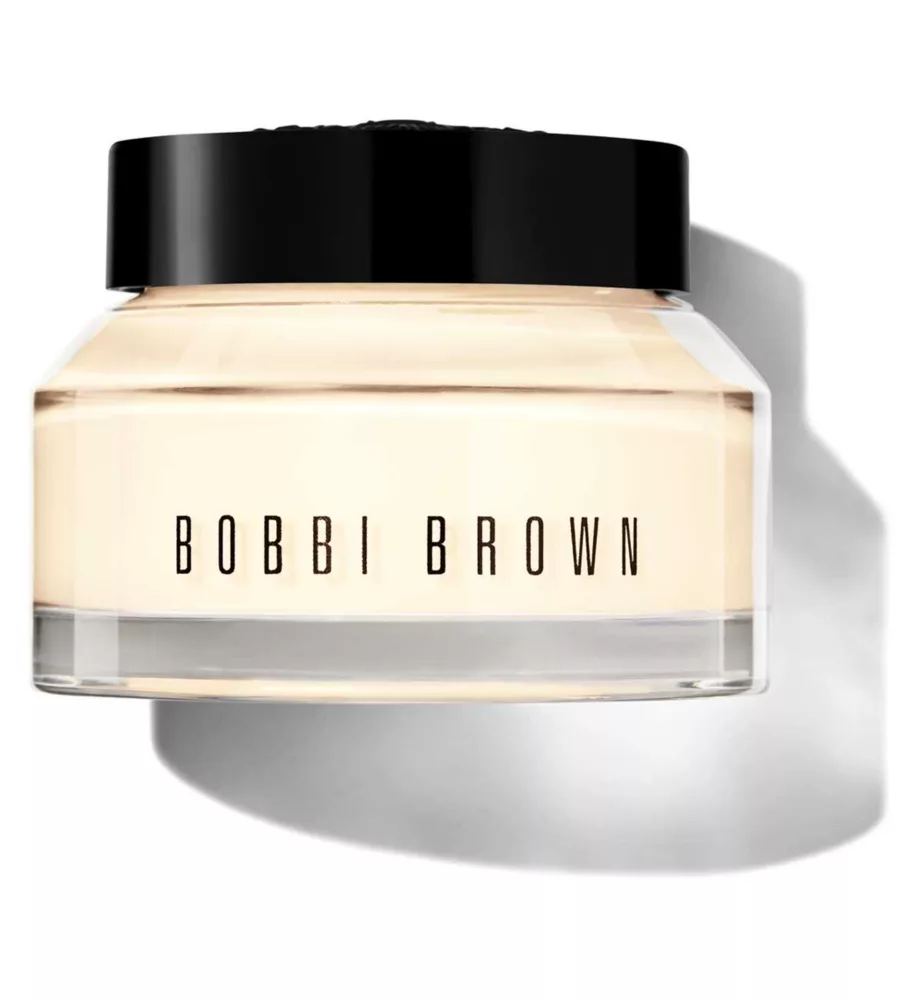
This cult classic moisturiser deserves all the acclaim it receives. While it's technically a moisturiser, it does such a good job at priming the skin too, so much so, you're bound to find a jar in many makeup artists' kits. The whipped, balmy texture is perfect for mature skin that craves moisture, and it creates a cushiony, plump base for foundation.
Pros
- Moisturises and primes skin in one step
- Deeply nourishing—perfect for dry or mature skin
- Enhances makeup wear without pilling
Cons
- Heavier texture may not suit oily skin
6. Tatcha The Liquid Silk Canvas Primer
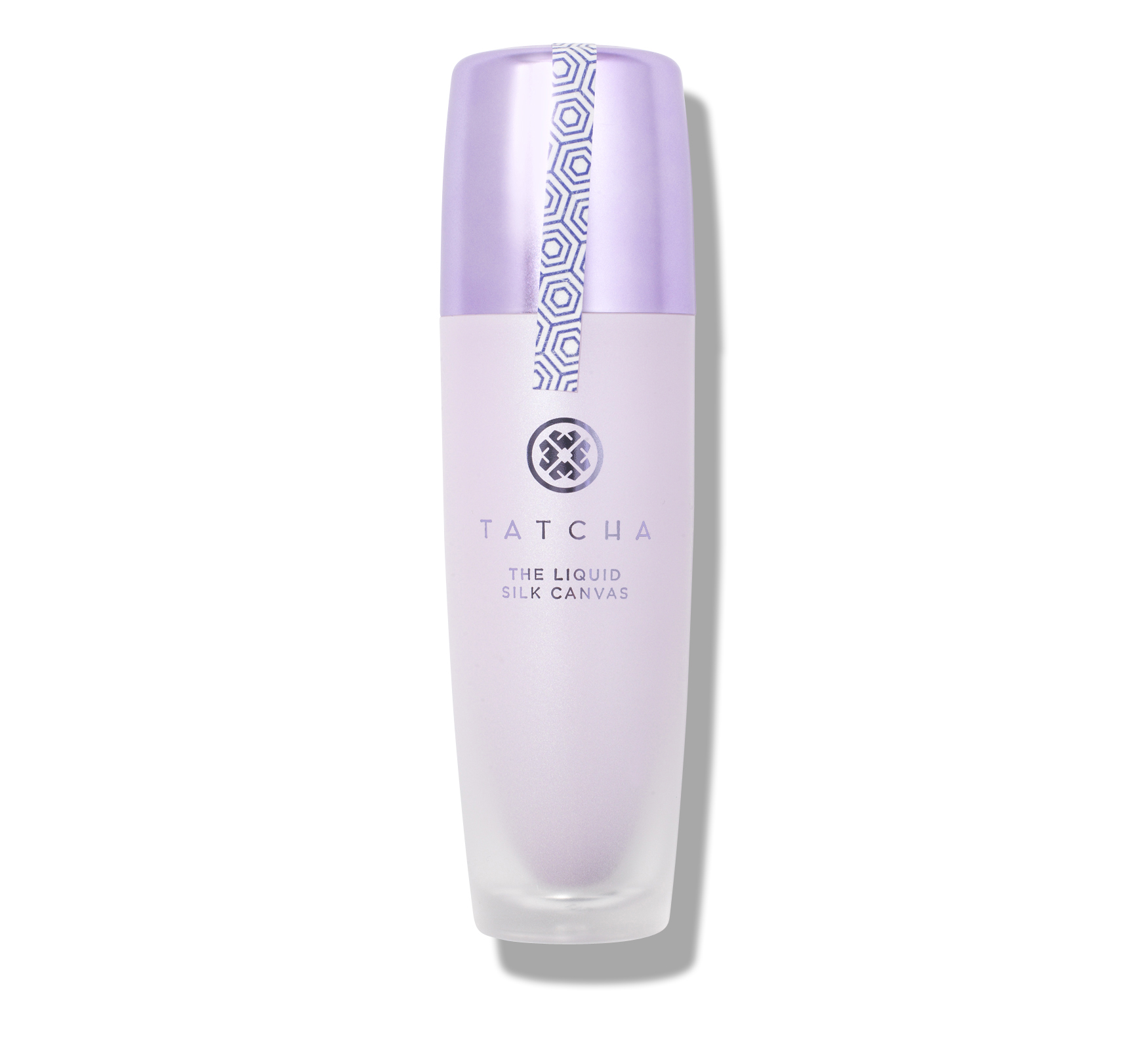
Silk by name, silk by nature. This featherlight liquid primer is infused with silk extracts and Japanese botanicals to smooth skin, blur imperfections and extend makeup wear. It sinks in almost instantly and feels breathable—ideal for mature skin that wants comfort without compromising on makeup longevity.
Pros
- Lightweight, silky texture
- Blurring without feeling heavy
Cons
- Luxe price tag
7. E.l.f. Power Grip Primer
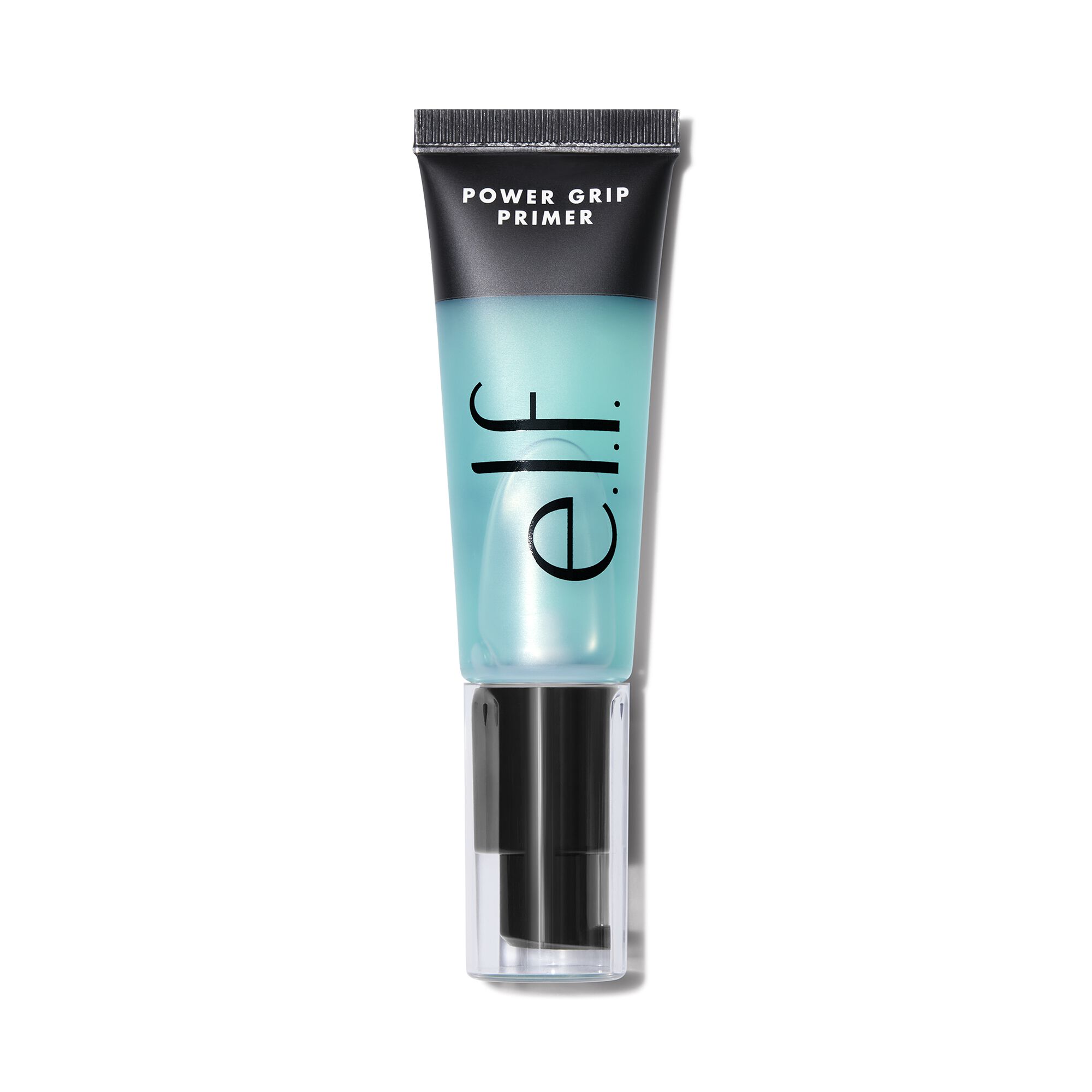
Proof that great primers don’t have to break the bank. This sticky-gel primer grips makeup like no other, helping it last all day while offering a smoothing effect that works surprisingly well on fine lines. Though it’s geared toward all ages, its aloe-infused hydration makes it more mature-skin-friendly thanks to its hydrating formula.
Pros
- Affordable
- Strong grip keeps makeup in place all day
- Gel texture hydrates and smooths
Cons
- Tacky finish may not appeal to everyone
8. Beauty Pie Super Healthy Skin Featherlight UVA/UVB SPF50 Sunscreen + Primer
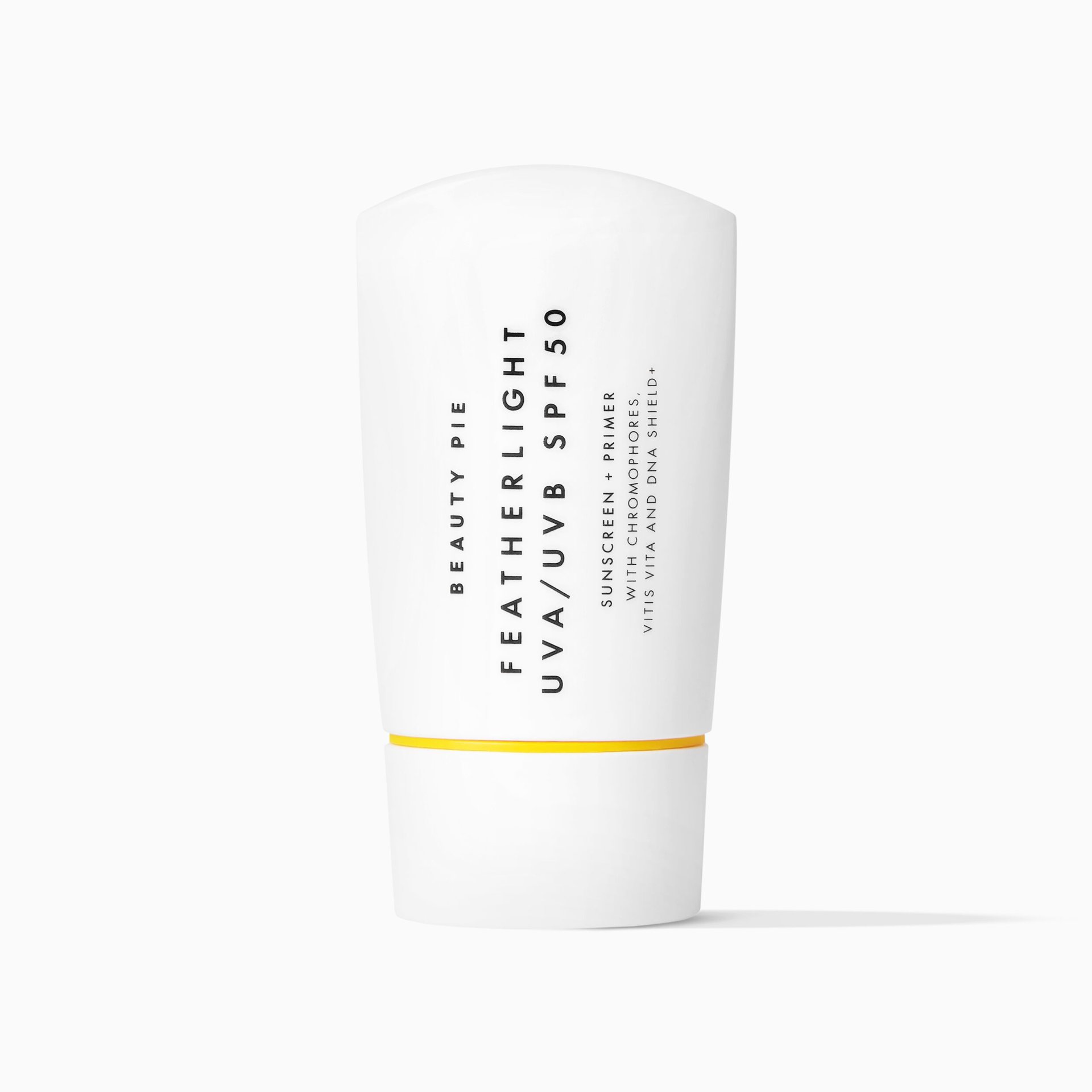
Price shown is members' price.
A true multitasker, this Beauty Pie primer is perfect for no-fuss days. With SPF 50 and a silky, invisible finish, it protects while giving a soft, velvety blur to the skin, making it great as a makeup primer too. Great for those seeking streamlined routines—it’s skincare, sun care and a primer all in one.
Pros
- Broad-spectrum SPF 50 protection
- Smooths and subtly blurs
- Perfect for everyday wear under minimal makeup
Cons
- Subscription required for Beauty Pie’s best prices
9. Victoria Beckham Beauty The Cell Rejuvenating Illuminator
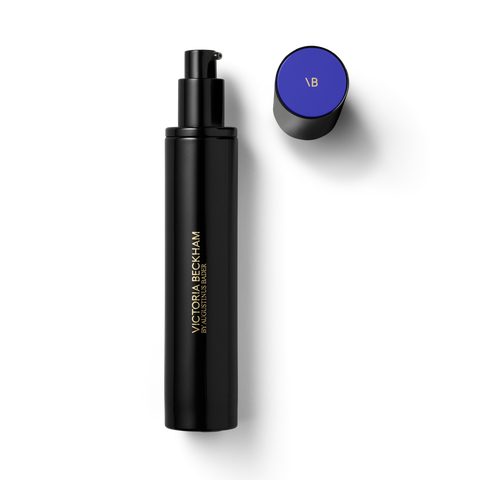
Created in collaboration with skincare authority Augustinus Bader, this primer-meets-moisturiser is all about the glow. The Cell Rejuvenating Illuminator nourishes skin at a cellular level while adding a pearlescent sheen that comes in three flattering hues—ideal for mature skin that’s seeking luminosity.
Pros
- High-end skincare and makeup benefits in one
- Pearlescent finish enhances radiance
- Firms, hydrates and supports skin regeneration
Cons
- Eye-wateringly expensive
What Makes a Good Primer for Mature Skin?

You want to look for ingredients that hydrate. "As we age, our skin not only gets thinner but our collagen and elastin decrease, resulting in visible fine lines, dryness, and uneven texture, all of which further affect how the skin reflects light," says Richardson.
"The skincare and primers that I use are essential for ensuring that the skin is not only hydrated but that the moisture level is maintained throughout the wear time to help with both the complexion base staying fresh all day, and the light reflecting particles working to scatter and reflect the light to optically blur and smooth the skin.”
Ingredients to Look For
“To help with the hydration part, I would definitely recommend seeking out hyaluronic acid (an excellent humectant that draws moisture in) and squalane (which seals in moisture), as together they will soften and hydrate the skin as well as improve its texture. Glycerin is also a good one to look out for," says Richardson.
"If I have a client that has areas of redness due to the menopause (or rosacea), I would also recommend looking for gentle, calming ingredients such as aloe vera or chamomile, and then niacinamide (vitamin B3) as it is anti-inflammatory, soothing and works to further support the skin’s barrier by improving moisture retention," she says.
“I would definitely avoid anything that could irritate and further look to avoid mineral oil-based primers (great for smoothing, hydrating, etc.) if you still experience breakouts and clogged pores.”
How to Apply Primer

Generally speaking, you want to apply your primer after your skincare. "Apply after your moisturiser and if you can, leave the application until a couple of minutes after the moisturiser has been applied. Remember that just because the primer has skincare benefits, it shouldn’t replace your moisturiser," says Richardson.
“Use your fingertips to apply a thin layer over the face, or where you feel you need it. Don’t use too much as it can cause pilling or create a caked look," she says.
“Consider using your fingers to apply your foundation as it will allow for a sheerer, natural-looking finish and less disturbance of the primer (sometimes using a brush in a strong motion can disturb the primer, especially if it hasn’t had time to set)—use a softer brush or beauty blender as good alternatives," she says.
“I usually use a pea-size amount and apply either all over the face or where it is needed (this is usually if using a primer focused on controlling oil through the centre part of the face)," says Richardson.
How to Avoid Pilling
Pilling is a common problem when you're using a primer with your foundation, but there are a few ways to make sure your primer plays well with your foundation. "If you are concerned that your primer and foundation aren’t compatible, the below might help," says Richardson.
1. Check your foundation type
Silicone-based: These have ingredients ending in -cone or -siloxane
Oil-based: These are slightly thicker and nourishing, although rare—you'll usually see oil listed on the ingredients list
Water-based: You'll find aqua or eau at the top of the list; lighter, sheerer coverage (often still contains some silicone)
2. Pair with a matching primer formula
To avoid pilling, it's best to match up the same foundation type with the same primer type. Think silicone-based foundations with silicone-based primers, and water-based foundations with water-based primers.
3. Test it
You can also test their compatibility on your hands. “Place a small amount of the primer on the back of your hand and layer some of the foundation over the top. If it looks like there is separation or slight colour change, you will know that they won’t work well together," says Richardson.

Eleanor Vousden is the beauty editor for Who What Wear UK. She was previously deputy editor at Hairdressers Journal, health writer at Woman
Home and junior beauty editor at Powder. She has also contributed to Wallpaper and Elle Collections.
With a degree in fashion journalism from the London College of Fashion, she has 10 years of industry experience and has been highly commended at the BSME Talent Awards for her work on Powder and also contributed to the title winning Website of the Year at the PPA Awards.
Eleanor’s journalistic focus is providing readers with honest and helpful beauty content. She has interviewed celebrity makeup artists, hairstylists and dermatologists throughout her career, as well as celebrities such as Hailey Bieber, Sarah Jessica Parker and Scarlett Johansson.